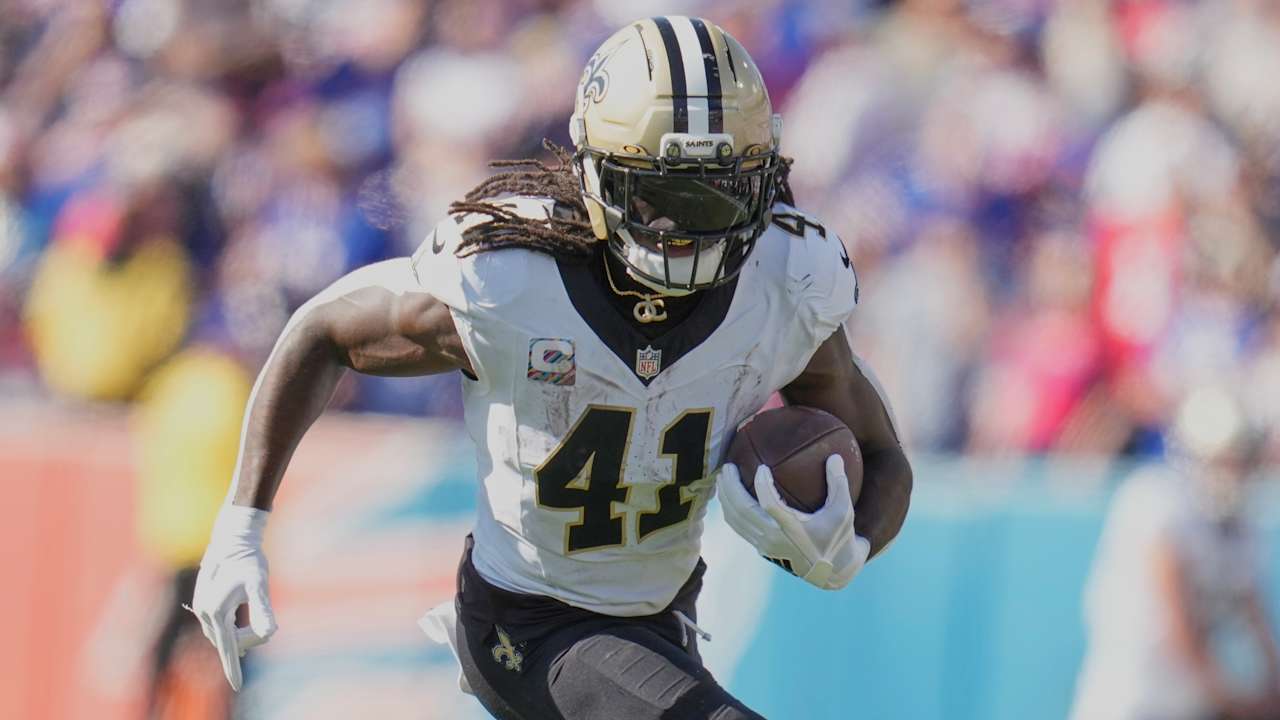Thursday night’s game included one specific development that cuts against everything the NFL’s 16-year-old health-and-safety epiphany stands for. And the league is looking into the situation.
“The NFL initiated a review of the application of the concussion protocol involving New York Giants quarterback Jaxson Dart during last night’s game against the Philadelphia Eagles,” a league spokesperson said in an email to PFT. “That review will be conducted jointly with the NFLPA under the parties’ collective bargaining agreement.”
It’s standard procedure, but the activation of it is anything but. The league and the union work together to explore oddities that arise when the objective evidence points to failures of the process.
Last night’s failure was obvious. Coach Brian Daboll tried to rush the process. He approached the blue medical tent, looking inside. While he stopped short of entering the medical tent, his overall behavior in those moments showed that he wanted to hurry the process along.
After the game, Daboll admitted it, and apologized for it.
It shouldn’t have happened. Daboll knows it. The league knows it. As one source said, it was “ugly, ugly, ugly and a violation of medical protocols.”
The medical tent provides an alternative to taking the player to the locker room for a concussion evaluation. The mere presence of the medical tent on the sideline serves as a way to expedite the process. Any effort by the coach or any player (running back Cam Skattebo actually entered the medical tent while Dart was inside) to move things along should not occur.
At a minimum, the league should send a memo to all teams today, in advance of the next batch of games on Sunday, reminding them of the purpose of the medical tent and the importance of allowing all evaluations to occur without pressure or interference. And it’s entirely possible that the review of the Dart concussion evaluation will result in discipline for Daboll and changes to the procedures.
Options could include the establishment of a “no entry” perimeter around the tent and/or the presence of a league employee who secures the tent and prevents any coaches or players from approaching it.
It’s a simple fix to a problem that, while unprecedented, is a natural extension of the emotions and urgencies of knowing when and if a key player will be cleared to return to the game. Those motivations directly conflict with what the medical tent is — a portable doctor’s office where players become patients, and where medical evaluations should unfold in due course and without anyone trying to hurry the process along.

